Announcer:
The following program is a PBS Wisconsin original production.
Frederica Freyberg:
The Delta variant spikes interest in how schools can safely get underway in less than a month. And progress in Washington on the infrastructure bill promises to send transportation dollars down the road to Wisconsin. I’m Frederica Freyberg. Tonight on “Here & Now,” the Delta variant flares just as the school year approaches. Wisconsin’s share of $110 billion of federal money for transportation is coming down the road, and Governor Tony Evers says a state Supreme Court decision blocks his ability to declare a mask mandate. It’s “Here & Now” for August 6th.
Announcer:
Funding for “Here & Now” is provided by the Focus Fund for Journalism and Friends of PBS Wisconsin.
Tony Evers:
As some of you may know, the Supreme Court has tied our hands around that, so we’ll rely on people to do the right thing and obviously people in different counties will follow the advice of the CDC and I’ll do it to the best of my ability and various employers are working hard across the state. People are taking this seriously.
Frederica Freyberg:
Governor Tony Evers telling why Wisconsin will have no mask mandate. The state Department of Health is hosting a vaccine clinic at the Wisconsin State Fair. Giving free cream puffs for any takers. Incentivizing and encouraging vaccines is one of the last tools in the governor’s COVID response toolkit. The COVID-19 Delta variant is causing a surge in cases in Wisconsin, with Milwaukee County now in the “extreme” transmission category. In response to the Delta spike, some hospitals and cities are imposing vaccination orders for employees. Many local school districts are mandating masks and UW-Madison this week announced masks are required at all indoor locations. UW-Milwaukee has also imposed mask mandates and testing requirements for unvaccinated students and staff. But this week a Republican-controlled Legislative Rules Committee voted that the UW System will need its approval to impose such COVID-19 safety measures. Milwaukee has declared, however, that the UW System has affirmed its authority to put the mandates in place. To understand the impact of how the Delta variant is taking hold and for the latest COVID-19 information, Marisa Wojcik spoke with Dr. Nasia Safdar, a professor of infectious disease at the UW-Madison School of Medicine and Public Health, starting with understanding the prevalence of the Delta variant in Wisconsin.
Marisa Wojcik:
Is the sharp increase in hospitalizations the true indicator of how this variant is taking hold?
Nasia Safdar:
It is safe to say that the vast majority of cases that we’re seeing here is the Delta variant that is responsible for them. And so once the variant spreads like that, it quickly replaces whatever else might have been circulating before, so at the moment, it’s really all Delta for all intents and purposes. I think the hospitalization piece is important because it tells us besides being more easily able to transmit is this also leading then to more people getting sick enough that they need medical care and hospitalization. And so far what we’re seeing is yes, people are getting hospitalized but the majority of them are not vaccinated so that additional layer of protection they would otherwise have isn’t there and that results in them getting more sick than they would otherwise.
Marisa Wojcik:
The Legislative Rules Committee voted that UW campuses will have to have any requirements of vaccination, testing or mask wearing be approved by this Republican-majority committee. What is your reaction to that?
Nasia Safdar:
So my feeling on this is that we have a suite of public health solutions that we know do work for containment, and for a while there, we could relax them a little bit because Delta wasn’t around as much and we didn’t face the same sort of evolution and state of pandemic that we’re facing now. But now what we’re facing, I think it’s going to need an all hands on deck approach so testing and vaccination and masking are all very important parts of that suite of solutions, so whatever way we can get them easily deployed, it seems like the right thing to do.
Marisa Wojcik:
Should everyone be masking and in what circumstances?
Nasia Safdar:
You know, I think this is a case of where there’s been a clear shift in our thinking because of this variant compared to what we have seen before, so it will take a while for us to catch up to what we now need to do to prevent the transmission of Delta. I think the vaccines are doing exactly what we know the vaccines are capable of doing, which is preventing severe hospitalization, severe symptoms, and complications. What the vaccines cannot do completely is to prevent transmission if people don’t have symptoms, and so that’s where masking comes in really handy. I know for a while there, we were of the mindset that we don’t need to mask anymore and had it not been for Delta, I think that still would have been true. This particular variant has an advantage over us in a sense that it can be shed by people who are vaccinated, so masking needs to come back.
Marisa Wojcik:
What are you bracing yourself for in the future?
Nasia Safdar:
I think that we are concerned potentially about other new variants emerging. I think having seen the stuff that Delta can do, for instance, it gives us a better picture of what to expect in the future. I think eventually, though, even more effective vaccines or perhaps the booster or some other elements of protection that may come about, I think that what is likely to happen is that SARS COV-2 and its various variants will become embedded as part of the usual respiratory viruses that we see. If we can get it to a point where the disease is mild in the vast majority of cases, then it will become into one of those viruses. But we are a far cry from there at this point.
Frederica Freyberg:
Children will be going back to school soon, and those under 12 are not protected by vaccines. As COVID-19 infections spike with the Delta variant, the CDC recommends universal masking in K-12 schools. How concerning is this situation? We turn to professor and pediatric infectious disease specialist at UW Health, Dr. Gregory DeMuri. And thanks very much for being here.
Gregory DeMuri:
Thanks for having me.
Frederica Freyberg:
To that question, how concerning is the spread of COVID-19 and its Delta variant for grade school children who remain unvaccinated?
Gregory DeMuri:
I think it’s a big concern right now. You know, we’ve seen really an explosion in the past several weeks of the Delta variant of COVID which is the predominant variant now in Wisconsin, and children who are unvaccinated are vulnerable to that variant itself, as are the adults in their environment. There are reports now of breakthrough disease in vaccinated individuals. So a big concern is that a child at school could bring it home to vaccinated parents or grandparents.
Frederica Freyberg:
Absolutely. We know that the CDC as we just mentioned says schools should impose mask requirements. How effective are masks to prevent these infections?
Gregory DeMuri:
Well, they are quite effective. We know this from research done in schools in the fall and winter of last year. So there’s been a number of studies, some right here in Wisconsin, that have really shown the effectiveness of masks and other mitigation strategies, and allowing kids to return to school safely.
Frederica Freyberg:
What about districts that are not requiring them, what’s your reaction to that?
Gregory DeMuri:
Well, I think that that’s very risky, to be honest. And those districts are taking a chance. The chance of an outbreak is great, especially during this Delta burst that we’re seeing here, and they’re taking a risk with their children’s lives, the lives of their teachers and the lives of the parents.
Frederica Freyberg:
Now an assemblage of anti-mask parent groups in Wisconsin are lobbying hard against any masking requirement in schools saying masking in schools, this is a quote, is not rooted in science and is cruel to children. What’s your response to that persuasion?
Gregory DeMuri:
To address the first issue that it’s not rooted in science, it is. There’s substantial evidence all over the CDC’s website that masking is effective and works. We see that in our own experience here in our hospital, has been that masking has been very effective at preventing COVID transmission amongst healthcare workers, or to healthcare workers. So that’s practical evidence for that. As to the cruelty of masks, you know, I think that is a lot of hyperbole really, right? None of us likes wearing masks. I look at my surgical colleagues, they wear a mask every single day for 30, 40 years of their lives. And you know, they’re adults, of course, but children have really shown to be very adaptable and accommodating to masks. A colleague of mine, who’s a nurse, was taking her child to daycare the other day, and the child had the mask on in the car and she said, “Honey, you don’t need the mask on in the car, you know?” She goes, “That’s okay. I don’t mind it.” And I think that’s the attitude that kids have about masks. I think parents are the ones making a big deal about it.
Frederica Freyberg:
New research released this week from UW-Madison shows some vaccinated people infected with COVID-19 carry as much virus in their noses as those who are unvaccinated. What are the implications of that for younger children even in their own households?
Gregory DeMuri:
Well, this is a key piece of evidence for supporting wears masks. In fact, I was just talking with lead investigators in that study. This is strong evidence that we need to mask children up, mask everybody up who’s been vaccinated, so the 12 and up and the adults who have been vaccinated when they go to school.
Frederica Freyberg:
Are you seeing — go ahead.
Gregory DeMuri:
It’s concerning that a kid could bring it home to a vaccinated parent as well. That’s certainly a concern.
Frederica Freyberg:
Are you seeing younger children get sicker from the Delta variant than the original strain of COVID?
Gregory DeMuri:
We haven’t seen that yet. And I don’t think there’s any evidence to suggest that it’s more severe in children. We are hearing from our colleagues down south in Texas, Louisiana and other places that there is a lot of disease in children now, a lot of hospitalizations from COVID. Most of those are Delta variant. But I think it’s just a matter of the numbers, just the sheer volume of cases in those southern states.
Frederica Freyberg:
Late this week, the Biden administration encouraged a recommendation from the medical community to incorporate COVID-19 vaccinations into sports physicals for student athletes this summer and fall. How important could that be in your mind?
Gregory DeMuri:
I think it’s a great way to increase access to vaccines and get to adolescents. Traditionally, the age group of 12 to 18 has been tough to get vaccines to. We’ve seen this for other vaccines that are routinely given in childhood. Those sports physicals, those summer school physicals are a great opportunity to get that done.
Frederica Freyberg:
All right. Well, great. Thank you very much for your information, and good luck in your work, Dr. DeMuri. Thank you.
Gregory DeMuri:
Thank you, my pleasure.
Frederica Freyberg:
Switching to news about how Wisconsin could see an infusion of federal dollars to help fix highways, roads and bridges. According to the Federal Highway Administration, nearly 1,000 bridges in Wisconsin are structurally deficient and more than a third of roads in the state are in fair or poor condition. The $1 trillion bipartisan infrastructure bill introduced in the U.S. Senate this week would send some $5.5 billion to Wisconsin for highway and bridge projects. Wisconsin Secretary-designee of Transportation, Craig Thompson, joins us to describe where this money would be aimed. And thanks very much for being here.
Craig Thompson:
Thanks for having me, Frederica.
Frederica Freyberg:
First of all, how did we get to the place where a third of our roads are in such condition, and nearly a thousand bridges are structurally deficient?
Craig Thompson:
Well, over the last several decades, as our infrastructure has aged, in Wisconsin and most states across the country have not kept up in the investment we’ve needed and it really compounds upon itself and that’s how we’ve arrived at where we’ve gotten to, where we’ve got so many bridges and so many roads and ports and others that are really aging and in disrepair.
Frederica Freyberg:
So most remember the I-35 bridge collapse in the Twin Cities. There are 10 urban interstate bridges in Wisconsin marked as deficient. Are they in danger of that kind of thing, or what does that designation mean?
Craig Thompson:
No. Structurally deficient is a designation by the federal government, and it means something to engineers and it’s concerning that we need to look at it, but people should not be concerned, if we go out and inspect the bridges all of the time as does the federal highway administration and if we have any concerns, we will weight-restrict the bridge or we will close if we have any concerns that there could be harm.
Frederica Freyberg:
So how far would these billions of dollars go to repairing the roads and these bridges?
Craig Thompson:
This would really be huge for Wisconsin and for the country. Again, we have decades of disinvestment and actually the budget prior to this here in the state was really the first time we increased revenue for transportation, historic investment. We’ve begun the process of what seems like just such a daunting task of fixing our two-lane state highways and our roads we already have in Wisconsin, but this infusion of federal dollars, and it would be certain for the next five years, would really allow us to plan, be strategic and really begin to truly improve our infrastructure here in Wisconsin.
Frederica Freyberg:
Will some of the money go to local governments to repair or maintain their roadways as well?
Craig Thompson:
Well, as you know, we’ve got our general transportation aids that go to locals and then there’s projects that they have that we could fund through some of this, so absolutely, and there’s a lot of the bridges that are weight-restricted right now that really impacts our farmers, particularly, and some of our manufacturers around our local system. So we’ve been working very closely with our counties in particular to try to speed up those projects already, but some of these federal dollars for these bridges will certainly help us move that process along.
Frederica Freyberg:
Now there are some, like U.S. Senator Ron Johnson, who oppose the spending, citing the national debt. What about that persuasion on this giant infrastructure bill that is still undergoing amendment revisions?
Craig Thompson:
Well, I know people have had concerns about that in different areas, but I will tell you as it pertains to this infrastructure package, this is not — because we’re coming out of the pandemic from my standpoint — this is not about stimulating — this is about something that will improve our infrastructure. This is what governments should be doing and what we didn’t do for the last 30 years. We’re building things that will last for the next 50 years that will provide a platform where our private sector can compete better with China and with other areas that have invested in their infrastructure. This is not just putting money in to put money in. This will result in improved transportation infrastructure so our private sector can compete against the rest of the world.
Frederica Freyberg:
The bill also aims money towards mass transit and rail service, $595 million over a five-year period for public transportation in Wisconsin. How needed is an infusion of funding toward urban mass transit in your mind?
Craig Thompson:
This is so welcome. The Evers administration, we’ve proposed trying to increase funding for mass transit which is so needed in Wisconsin, and that’s one area while we found common ground on investing more on our roads in the last two budgets, this is an area we were not able to come to agreement on, they took out all the increases for mass transit that we had proposed. As a matter of fact for Milwaukee and Madison, they were even cut in this last budget. So this dedication of federal money to our mass transit systems is going to mean a lot to make it more accessible, easier to use, and when we do that, then usage goes up.
Frederica Freyberg:
So what kind of reaction and response have you been hearing from across the state to the potential of this infusion of funding?
Craig Thompson:
A lot of excitement. I was just up in the Green Bay area yesterday meeting with some large employers who could use some rail connections to take a lot of trucks off the road, improve their efficiency, and so there’s so many businesses like that across the state, so there’s just a lot of excitement of what this investment can do.
Frederica Freyberg:
We’ll wait and see. Craig Thompson, thanks very much.
Craig Thompson:
Thanks for having me.
Frederica Freyberg:
With this next story, a look back at some of the greats. The Milwaukee Brewers have been honoring Negro Leagues baseball players for more than 20 years, but for the first time in team history, the Madison Mallards collegiate team took to the field in unique uniforms of the day. “Here & Now” special projects journalist Murv Seymour goes to the ballpark and has more on a tribute to special era of baseball with strong roots in Wisconsin.
Ken Bartelt:
Baseball, it’s the American past time.
Murv Seymour:
It’s almost game time for the Madison Mallards baseball team.
Vern Stenman:
It’s our 21st season here in Madison. It’s all about fun at a Mallards game. From bobbleheads to fireworks to beers and hot dogs.
Drake Baldwin:
It’s a good environment coming here every day.
Murv Seymour:
For outfielder Cam Cratic, Drake Baldwin and the rest of this team, the game of baseball is something special.
Drake Baldwin:
I’ve been playing since I was three years old. I wouldn’t do it if I didn’t love it.
Murv Seymour:
Tonight’s game on the diamond will be a first.
Ken Bartelt:
You can trace a lot of the big moments in American history through baseball.
Murv Seymour:
A gem of a learning lesson where history is brought to life on the field.
Vern Stenman:
Tonight is our first ever Negro League tribute.
Murv Seymour:
And in the stands where fans wear jerseys, hats and shirts in tribute of the 3400 or so ballers that played in the Negro Leagues from 1920 to 1960.
Tim Bautch:
I got my Satchel Paige jersey tonight, who I consider one of the best pitchers all time in baseball so you know I think really the idea of understanding there are some great players that weren’t able to be in the major leagues because of the color of their skin and I’m glad finally, you know, baseball is seeing the importance of the players from the Negro Leagues and how they were just as important.
Murv Seymour:
Mallards players wear entire uniforms just like the ones worn by the Negro League’s Bears almost a hundred years ago.
Vern Stenman:
We got the opportunity to use some authentic — well, replica uniforms of the Milwaukee Bears.
Cam Cratic:
I’m excited to play in these, for sure. Definitely going to be a special experience. I feel like I’m in the 1940s, like, for sure.
Drake Baldwin:
Yeah, honestly, seeing Cam and I in these, it almost feels like we’re playing for the Milwaukee Bears.
Vern Stenman:
We’re actually giving out right now trading cards that are officially licensed by the Negro League Baseball Hall of Fame in Kansas City.
Cam Cratic:
There’s a lot of talented players back then that weren’t given the opportunity to play in the major league.
Murv Seymour:
The trading cards feature the stories and stats of some of the greatest players from the Negro Leagues. Guys like Willie “Cannonball” Jackman of the 1928 Philadelphia Giants and Grant “Home Run” Johnson, who smashed 60 out of the park while playing on an integrated minor league team in 1894. Then there was this guy, “Hammering” Hank Aaron, who played for the 1952 Indianapolis Clowns for 200 bucks a month. Later that year, he signed with the then-integrated major league Milwaukee Braves. Aaron went on to break Babe Ruth’s home run record.
Vern Stenman:
I can’t wait to see parents talking to their kids tonight about the team. I hope they’re going out and Googling it and learning a little bit more about the Negro Leagues. Satchel Paige played a lot of baseball here in the state of Wisconsin and that’s something that we need that story to be told. You know, Jesse Owens played baseball. Jesse Owens, the track star, played baseball at Breese Stevens Field here in downtown Madison in the 1930s after his run in the Olympics. And people don’t know all these stories. If we can prompt getting that dialogue going a little bit by telling that story here at a baseball game tonight, that’s what it’s all about.
Cam Cratic:
Hopefully some kids go home and they look up the Negro Leagues and they look up the Milwaukee Bears and they look to see what they did.
Drake Baldwin:
From wearing these uniforms, I’m definitely going to go home and look up some stuff to see how they played, see if I recognize any of the names.
Vern Stenman:
I didn’t really know the whole story of the Milwaukee Bears myself, and I’m a baseball fanatic.
Murv Seymour:
No one knows a lot about the 1923 Milwaukee Bears.
Ken Bartelt:
The Milwaukee Bears are one of those untold stories. Their manager on field was a guy named Pete Hill. He was actually inducted into the Baseball Hall of Fame.
Murv Seymour:
Historians believe this grainy, faded picture might be one of the only snapshots featuring a few Milwaukee Bears players. University of Wisconsin-Milwaukee doctoral candidate Ken Bartelt loves talking baseball. When it comes to the Bears, he’s a step ahead of most. Part of his master’s thesis was on the Milwaukee team. History tells us they barely made it through one lone, partial season. But in those four short months, the Bears had an impact on the game.
Ken Bartelt:
The Milwaukee Bears actually have connections to some of the biggest figures and moments in baseball history. The Bears played in one of the first-ever games umpired by Black men.
Murv Seymour:
We met Ken on the baseball field at Rose Park in Milwaukee, which is now an historic landmark forever connected to the Bears, the Brewers, the Braves, and a lot of other big sporting events in Wisconsin.
Ken Bartelt:
We’re kind of on the site of the former Borchert Field. That was Milwaukee’s main sports venue up until 1953, when County Stadium was built. This was a community gathering space. The Milwaukee Brewers minor league team played here. Obviously the Milwaukee Bears, the Negro League played here. There were football games played here. A lot of people have heard about the Kansas City Monarchs. They’ve heard about Jackie Robinson, maybe the Chicago American Giants, those big teams but some the smaller teams that maybe didn’t do as well like the Milwaukee Bears, they’ve been kind of forgotten to history. By looking at those teams you’re going to get a more complete picture of what the Negro Leagues were like. It was challenging to try to set up a business like that in Milwaukee, Wisconsin in the 1920s. The Black population in Milwaukee wasn’t very big yet so it was difficult to attract fans, especially in a market where you had a very popular minor league white team, the minor league Milwaukee Brewers. The Negro Leagues are such a great example of Black entrepreneurs building something in what was kind of a racist dual economy in the United States.
Dennis Biddle:
The Negro Baseball League is a part of Black history. It produced some of the greatest baseball players that ever played the game.
Murv Seymour:
Meet 86-year-old Dennis Biddle.
Dennis Biddle:
Homestead Braves, New York Eagles, Chicago American Giants, Baltimore. There was 72 teams that made up the Negro Leagues from 1920 to 1960.
Murv Seymour:
From the Senior Citizen Community Center at Rose Park, Biddle tells us about his time pitching for the 1953 and 1954 Negro Leagues’ Chicago American Giants. He had this quilt made right here at this community center in memory of the players who played in the league. He also lobbied to have a land marker placed at Rose Park as a permanent reminder to this community.
Dennis Biddle:
A lot of people go there and read it don’t even understand what it’s about. That this area was a part of that great history. Nothing was written down about Hank Aaron coming to the Negro League batting cross-handed. Ernie Banks coming in, he couldn’t stand the treatment that we were getting by the fans calling us all kinds of names and stuff. He wanted to go home.
Murv Seymour:
Dennis Biddle says when he sees today’s players in yesterday’s Negro leagues uniforms, it brings back memories.
Dennis Biddle:
And I can see some of those old men that were making outstanding plays, sometimes it brings tears to my eyes. Less than 40 players still living that played in the Negro Baseball League. It took 10 years before all of the teams had one. Think of all the great ball players that fell through the cracks that would have been if they had the opportunity. The Boston Braves had a farm team here called the Milwaukee Braves. And the Bears could only play in the park when they were out of town.
Ken Bartelt:
This is Black triumph, you know, in the face of the worst racism America had to offer. Even our national pastime was segregated. Black men could not play on the major league teams that we love and cheer for today. That’s a story we cannot forget.
Drake Baldwin:
I might not be in the situation that I am right now if the Negro Leagues were never here, so it’s pretty cool remembering them and kind of thanking them.
Murv Seymour:
It’s safe to say this one-game special tribute to history has been a big hit with players and fans to a league of pro athletes that haven’t been forgotten.
Tim Bautch:
I’m glad people are finally starting to give respect to those players who didn’t get the respect at the time.
Murv Seymour:
Instead, they’re being remembered.
Dennis Biddle:
They wrote about Jackie Robinson but he was the only one. He opened the door, and he did, but there was many, many more just as good, just as great, and never got the notoriety they deserved. So my job is to make sure I leave that information for them.
Frederica Freyberg:
That was Murv Seymour reporting. Some sad news to close the program. PBS Wisconsin and Wisconsin Public Radio lost their leader this week. It is with great sorrow that we report that Gene Purcell, director of Wisconsin Public Media, passed away last weekend after a traffic accident. Gene became our director in 2018, after heading the Educational Communications Board for 10 years. His love for public radio and television was informed by his deep appreciation of public media’s mission: to educate, inspire, entertain, and to help strengthen communities. Gene will live on, as one staffer put it this week, in the public airwaves. We extend our deepest condolences to his family. He was a kind and talented man. He will be missed.
Announcer:
Funding for “Here & Now” is provided by the Focus Fund for Journalism and Friends of PBS Wisconsin.
Search Episodes
News Stories from PBS Wisconsin
09/10/25
Federal funding to programs to support students with deafblindness cut in Wisconsin and other states
09/09/25
Worker’s compensation payments to the severely injured in Wisconsin haven’t increased since 2016
09/08/25
Wisconsin legislative feud erupts in public with lawmaker accused of threatening fellow legislators

Donate to sign up. Activate and sign in to Passport. It's that easy to help PBS Wisconsin serve your community through media that educates, inspires, and entertains.
Make your membership gift today
Only for new users: Activate Passport using your code or email address
Already a member?
Look up my account
Need some help? Go to FAQ or visit PBS Passport Help
Need help accessing PBS Wisconsin anywhere?

Online Access | Platform & Device Access | Cable or Satellite Access | Over-The-Air Access
Visit Access Guide
Need help accessing PBS Wisconsin anywhere?

Visit Our
Live TV Access Guide
Online AccessPlatform & Device Access
Cable or Satellite Access
Over-The-Air Access
Visit Access Guide
 Passport
Passport
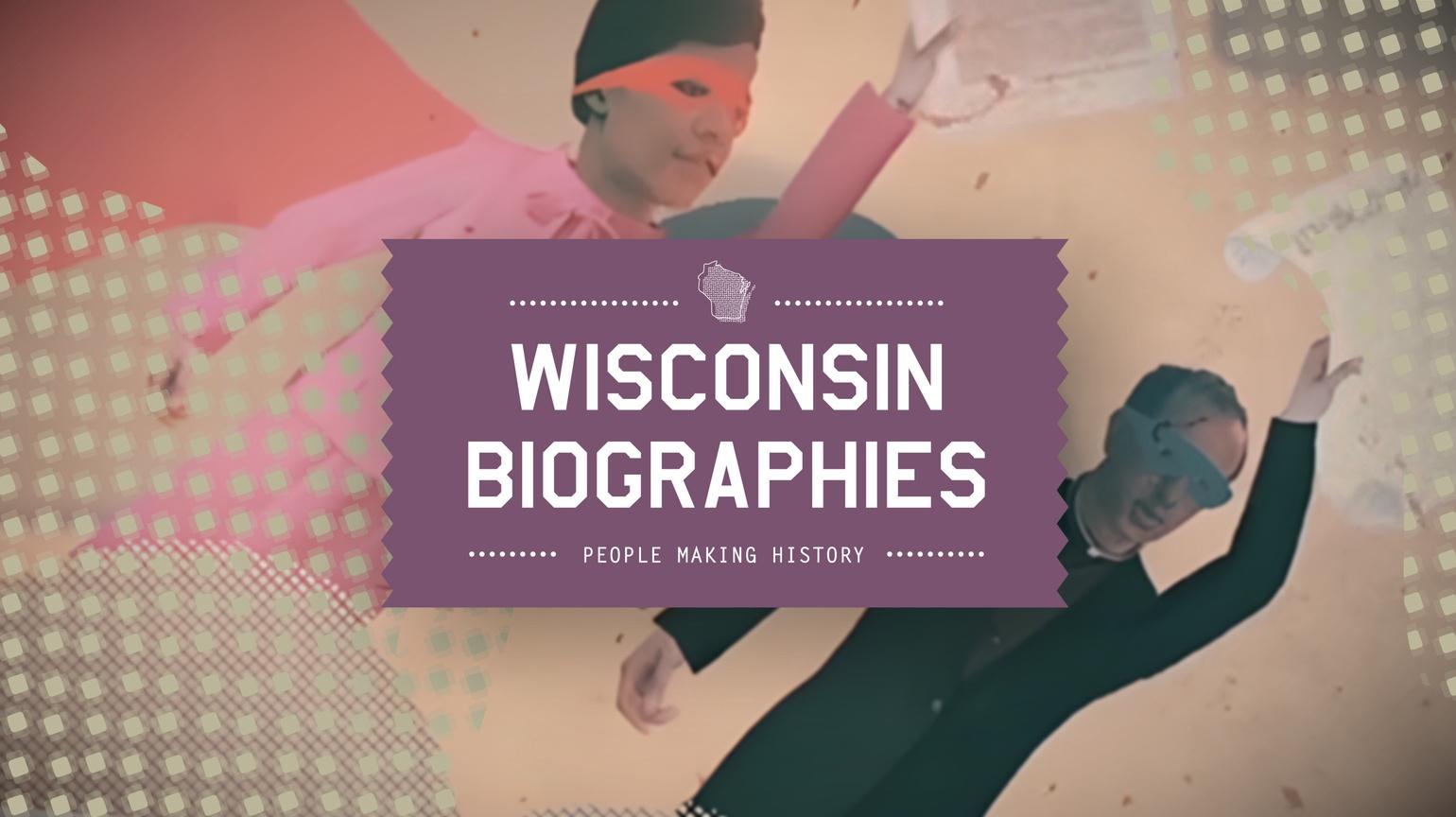

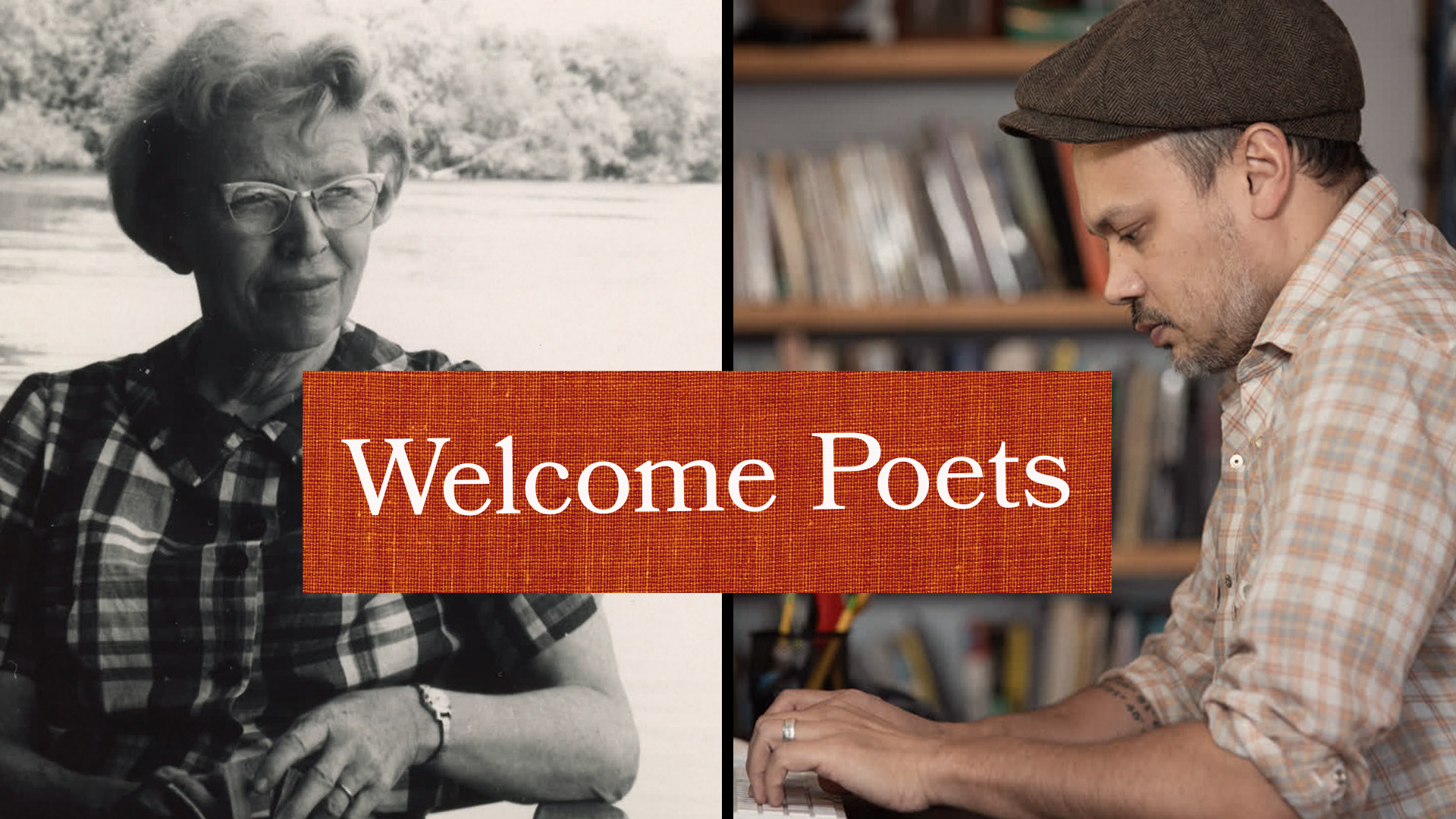
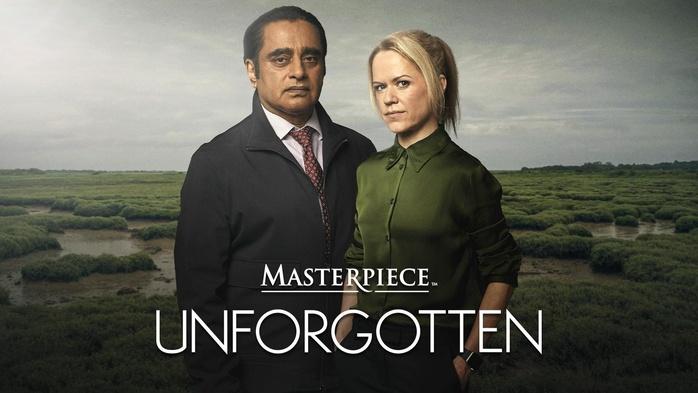

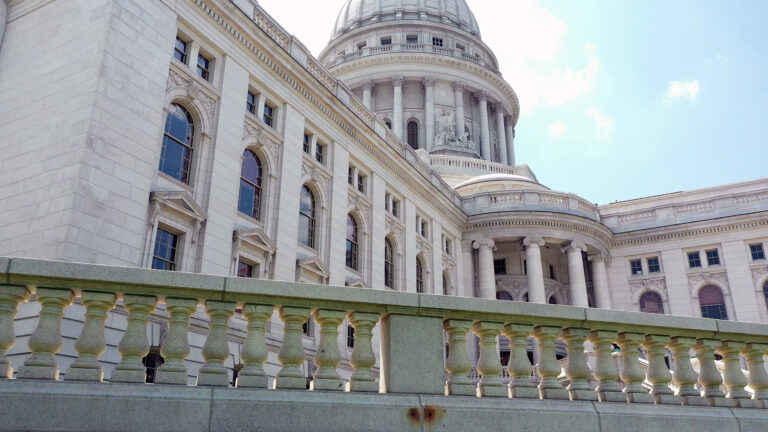
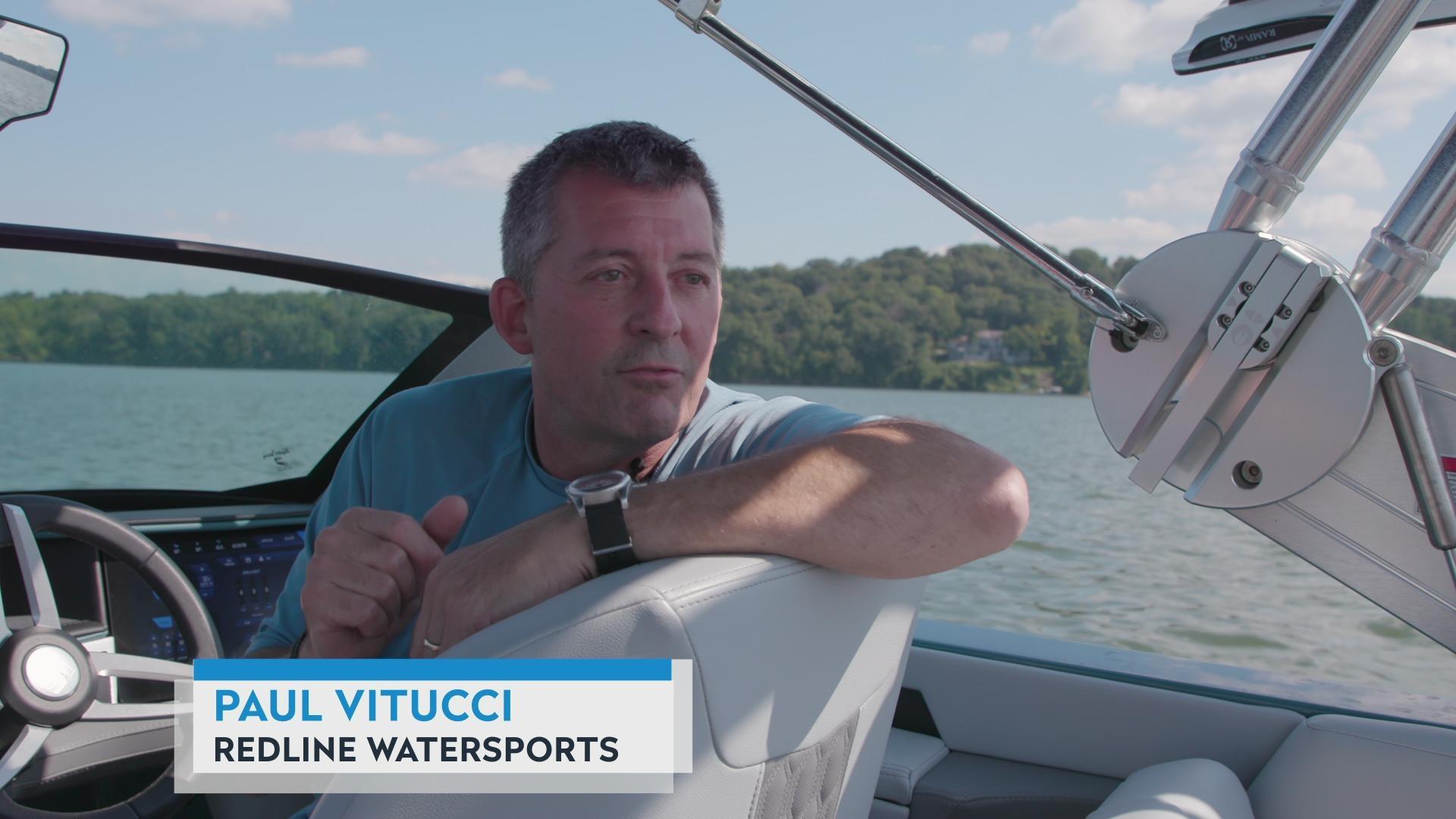
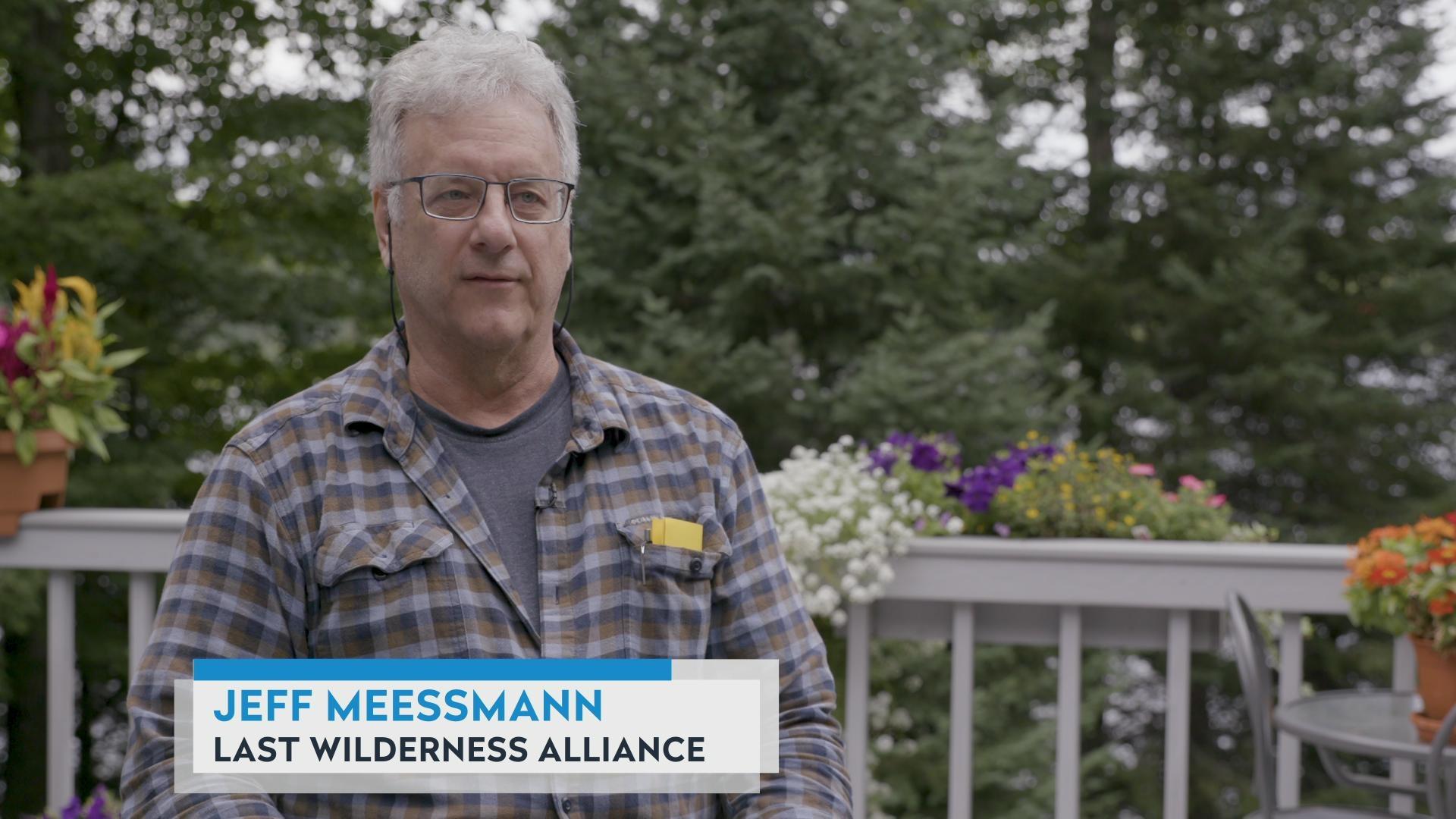
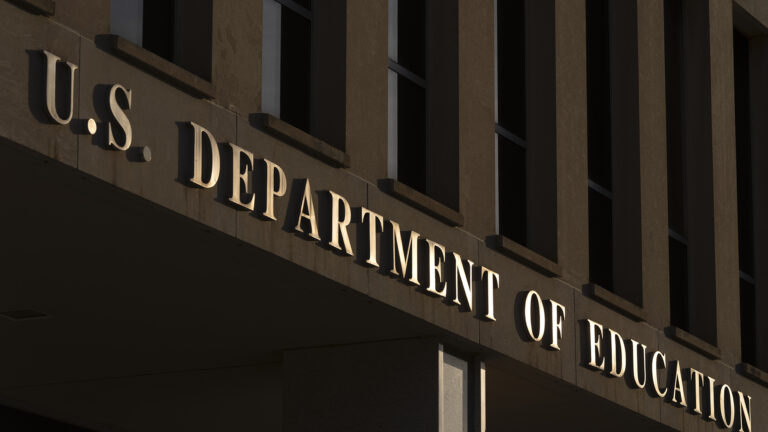
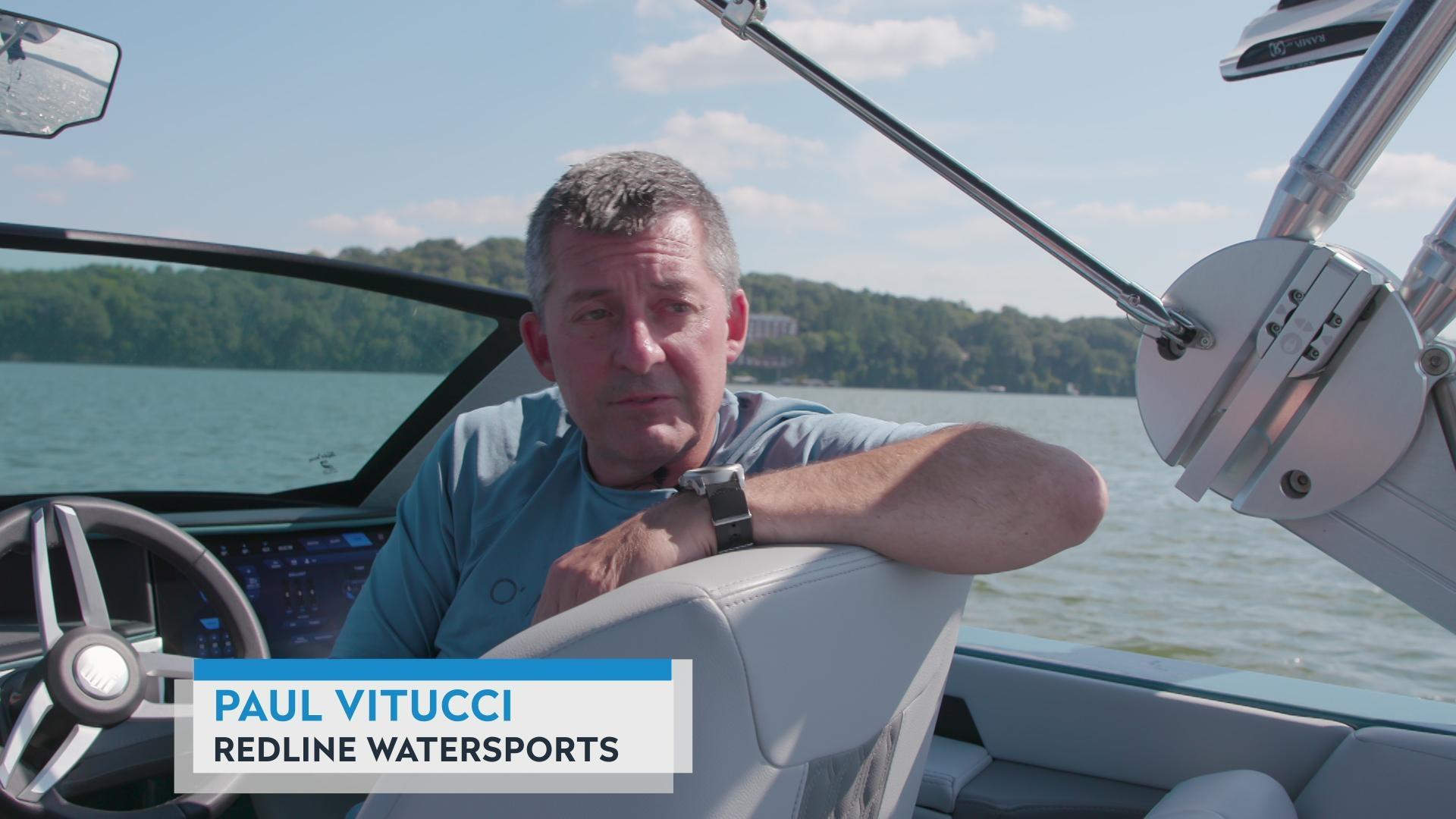
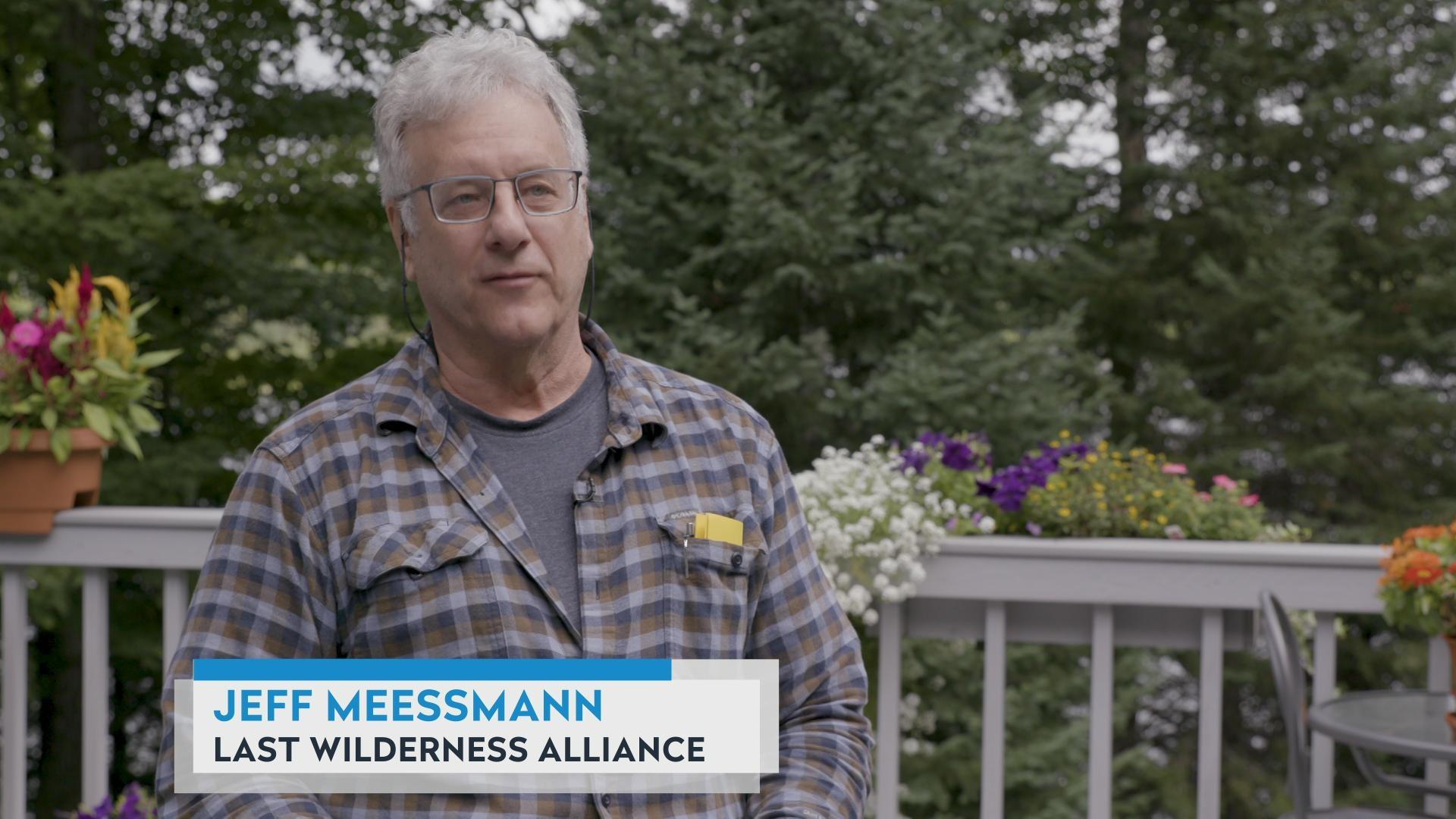
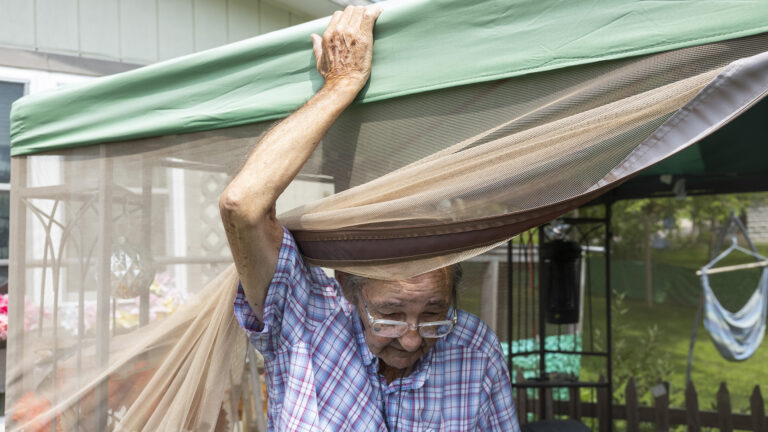
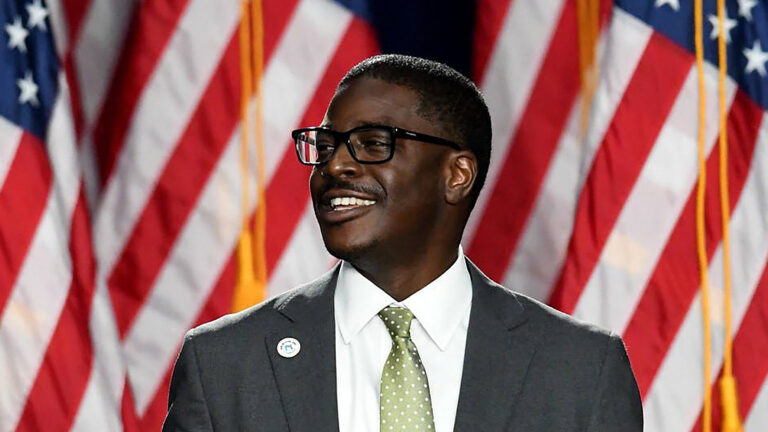
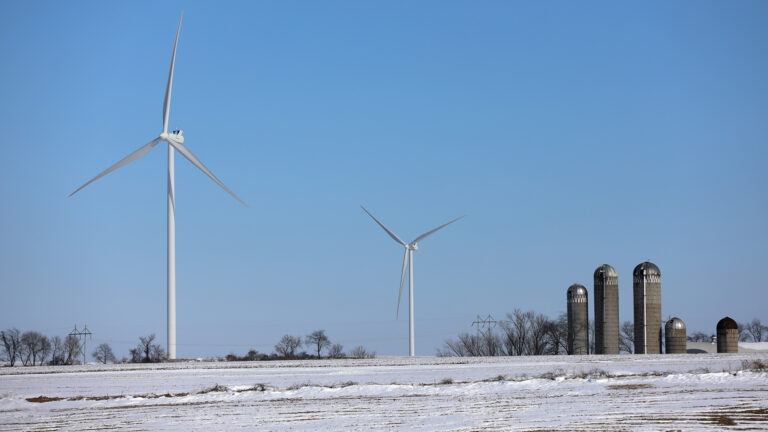
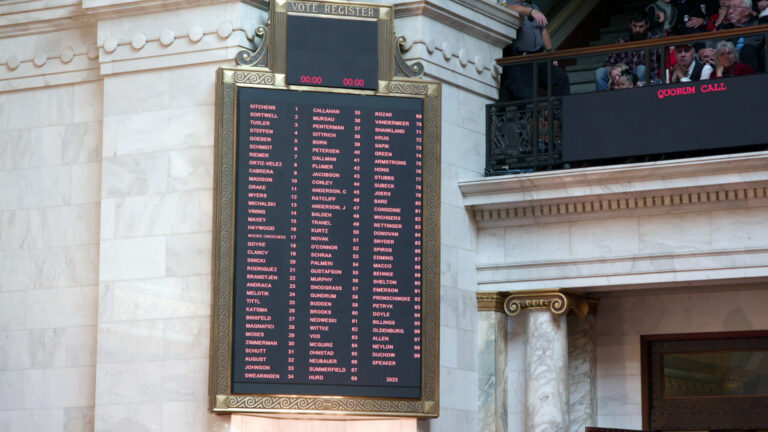
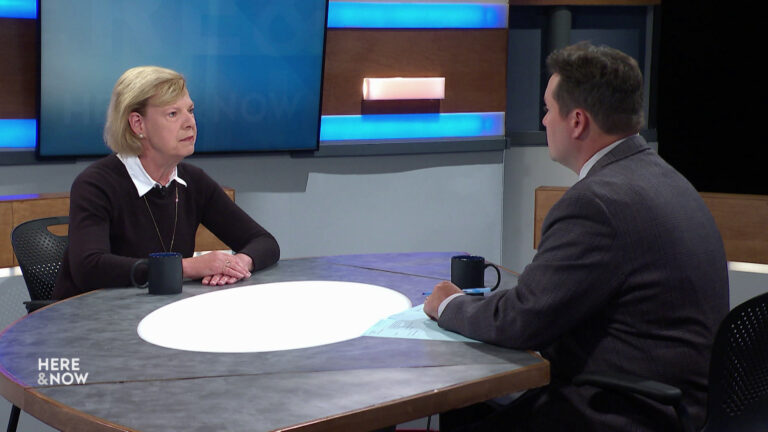
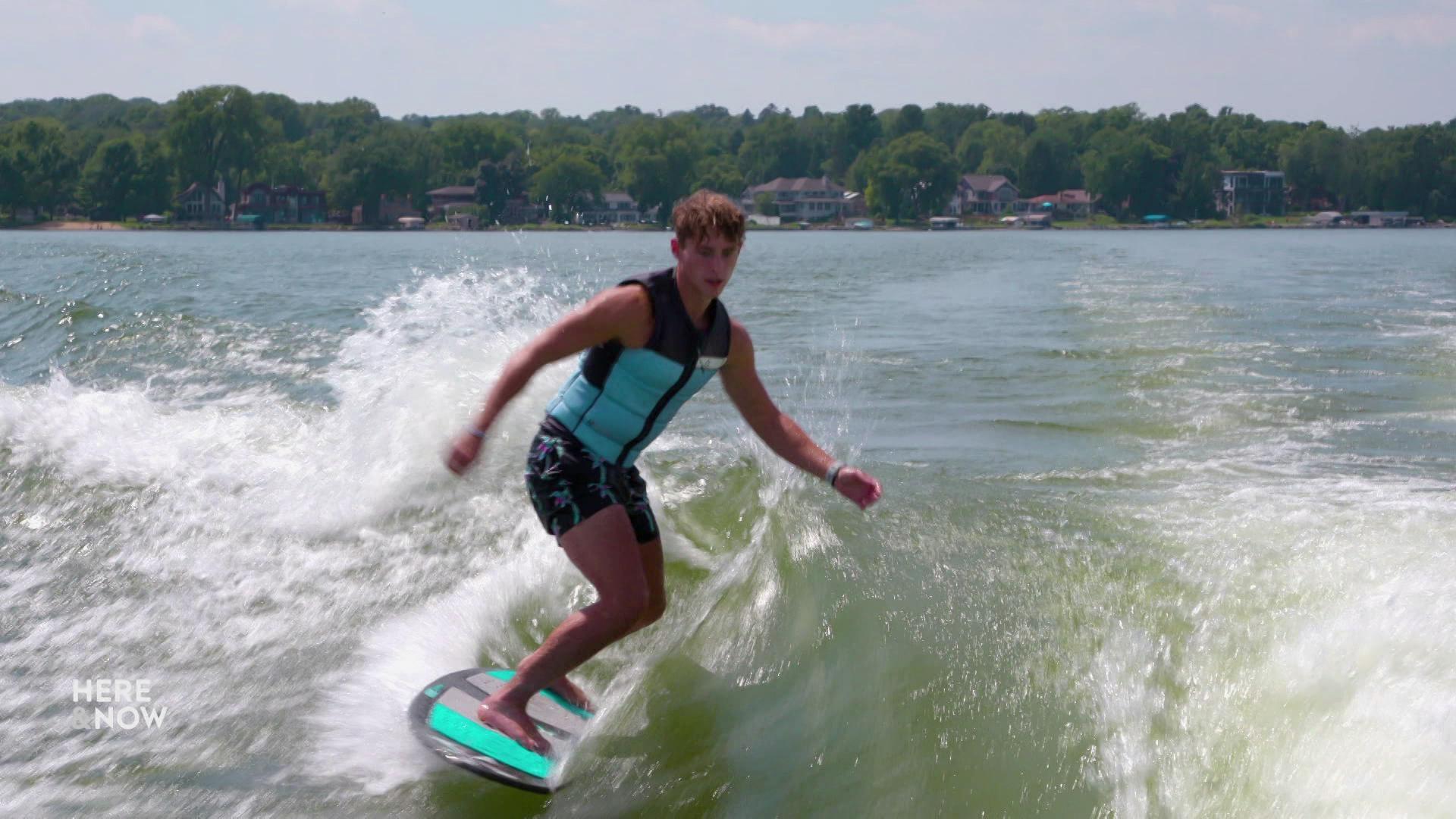

Follow Us